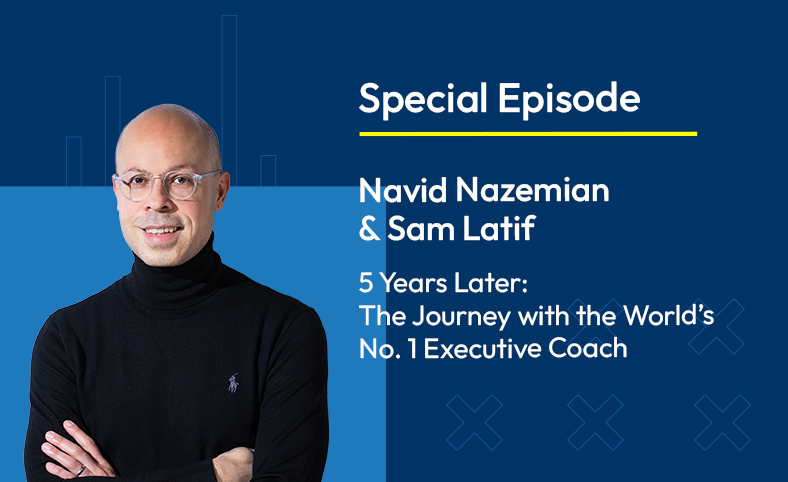Stepping into a new leadership role? Here’s how to maximise your impact from day one.

The first 100 days in any leadership position are crucial. This period sets the tone for your tenure, shapes perceptions, and establishes the foundation for long-term success. However, many leaders step into their roles feeling unprepared, and without a clear strategy, they risk missing key opportunities to make a strong start.
Why the First 100 Days Matter
The concept of the “first 100 days” may have originated in politics, but it has since become a widely recognised framework in business leadership. The reasoning is simple: early actions create momentum, and momentum drives long-term success.
Key insights:
- 70% of executives feel unprepared for the challenges of a new leadership role. (Harvard Business Review, 2023)
- Leaders who secure early wins are 30% more likely to sustain long-term success. (McKinsey, 2024)
So, how can you make those first 100 days count? Let’s explore actionable leadership strategies that will help you succeed from the start.
I spoke to a member of my network about this topic, Federico Prada, Global Head of Operational Excellence at Campari. Federico believes “stepping into a new leadership role isn’t about making immediate changes, it’s about listening, learning, and understanding the culture. Humility is your greatest asset, build on what exists, rather than forcing a one-size-fits-all model. Success comes from crafting a tailored plan that resonates with the people and the organization”.
A Blueprint for Leadership Success: 5 Essential Steps
1. Prepare Before You Start
Success begins long before day one. The more you understand about your organisation’s culture, priorities, and challenges, the better equipped you’ll be.
Checklist:
- Review financial and performance reports.
- Understand the mission, vision, and values.
- Engage with key stakeholders and gather insights.
Consultant’s Tip: Start forming relationships early—reach out before your official start date to establish rapport and gather intelligence.
2. Establish Clear Priorities
Your first challenge is defining what success looks like. Align your goals with the organisation’s strategic objectives and identify measurable KPIs.
Best practice: Create a 30-60-90 day plan outlining your immediate priorities, key milestones, and desired outcomes.
Example: If efficiency is a priority, identify quick process improvements that deliver immediate results while supporting long-term goals.
3. Build Relationships and Earn Trust
Leadership is about people. Your ability to connect, communicate, and earn trust will be as important as your strategic decisions.
Key actions:
- Schedule one-on-one meetings with direct reports.
- Understand team dynamics and individual motivations.
- Encourage open communication and feedback.
- Recognise and celebrate early successes.
Consultant’s Tip: Listen more than you speak. People want to be heard before they buy into your vision.
4. Secure Early Wins and Drive Momentum
Early wins build credibility. Identify and execute quick-impact initiatives that demonstrate your leadership capabilities and align with broader business goals.
Example: Address a long-standing inefficiency or introduce a simple yet effective process improvement.
Caution: Avoid the temptation to chase short-term wins at the expense of long-term strategy.
5. Stay Adaptable and Resilient
Challenges will arise, but how you respond defines your leadership. Stay flexible, embrace feedback, and adjust your approach as needed.
Common pitfalls to avoid:
- Rushing into changes before fully understanding the business.
- Micromanaging instead of empowering your team.
- Neglecting relationships, which are the foundation of influence.
Final Thoughts
Your first 100 days will shape your leadership journey. By focusing on preparation, relationship-building, and strategic execution, you can create a powerful foundation for success.
If you’re stepping into a leadership role in the FMCG industry, let’s connect to discuss how you can apply these strategies for lasting success here.



